The Best Places For Preppers To Live in Each U.S. State
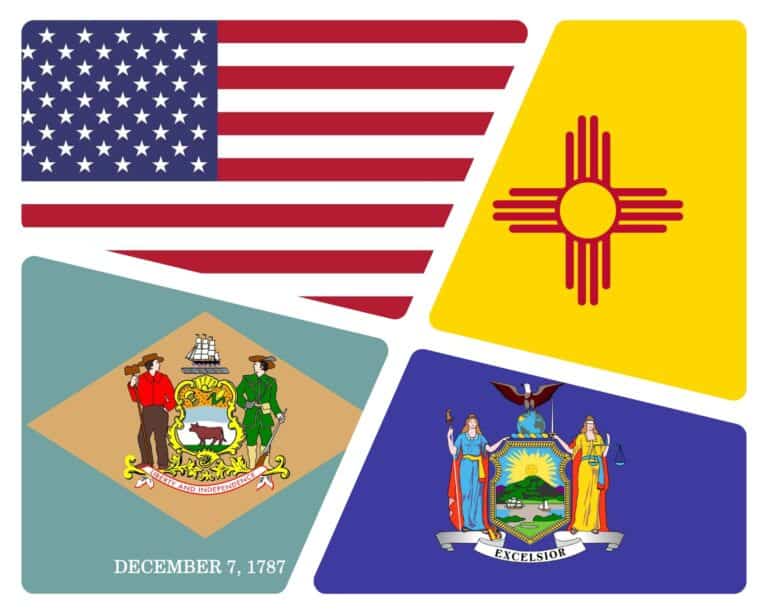

If you are a prepper, a big part of your planning, and overall chances of success in any given disaster scenario, will be dictated by where you live. The surrounding terrain, population density, access to resources, routes of egress, and a whole lot more.
Naturally, depending on their preferences, job, and lifestyle, folks will gravitate more towards some areas and states and avoid others. This usually leads to tier lists being made, broadly classifying states that are good for personal readiness and states that are bad.
The truth of things, though, is that no matter which state you live in, there’s bound to be an area that can improve your chances. As always, it’s about making the most of what you have, where you are.
To help you do that, we’ll be going over each of the 50 states in the Union and which counties are the best for preppers. We’ll get right into it below.
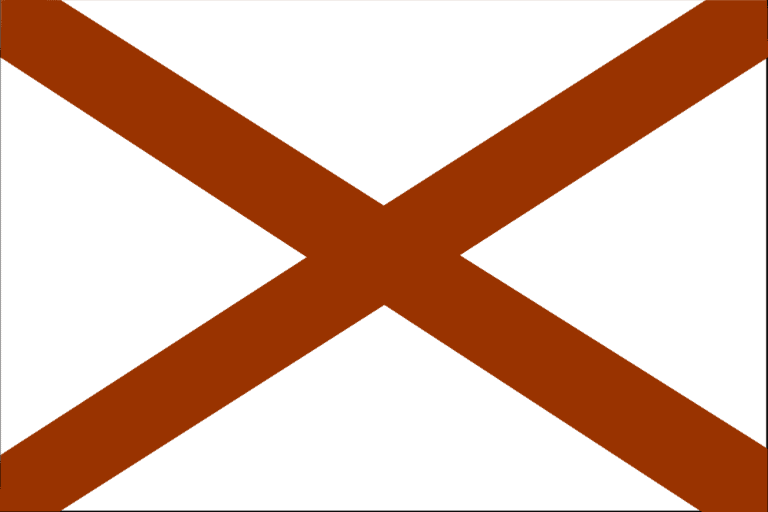
Situated in the heart of the Deep South, Alabama has a lot to recommend it for preppers, not the least of which is the culture that keeps alive the old ways of toughness, grit, and self-sufficiency.
With abundant water resources and a great growing season, agriculture is easy throughout much of the state, though hurricanes and severe summer storms can be problematic.
Check out Baldwin County if you want to live near the coast and don’t mind the hurricane risk, Cullman County if you want to live further inland with rich soil, or DeKalb County for ample water and mountainous terrain that could make for a good bug-out location.

Preppers often view Alaska as a true isolationist retreat, and that’s for a good reason: the state as a whole has an extremely low population density and is predominantly vast, uninhabited wilderness.
The downsides, of course, are persistent extreme weather, a high cost of living with scarce commercial goods, and the fact that you’re likely to be on your own if you are living out in the backcountry.
Yukon-Koyukuk has huge swaths of unpopulated land you can retreat to with very few neighbors, while Matanuska-Susitna Borough has some of the better agricultural land in the state and is near Anchorage in case you do need support.
The Kenai Peninsula is one of the best fishing destinations in the world but still reasonably accessible throughout the year…
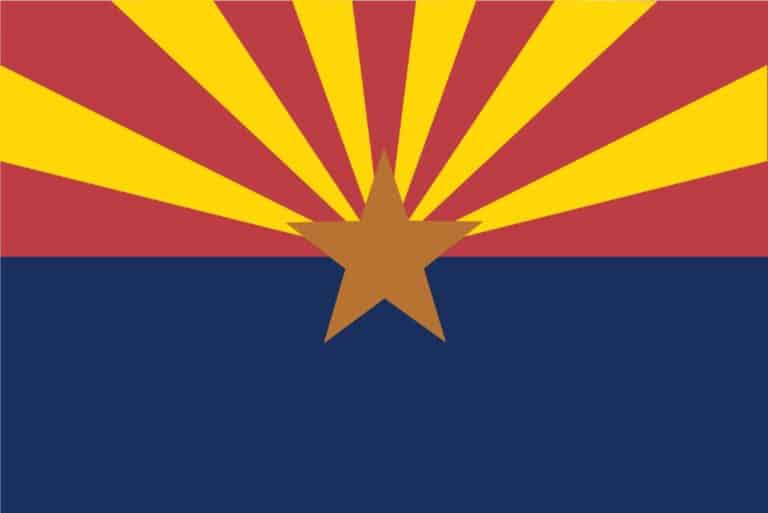
The iconic southwestern American state, Arizona is known for its desert vistas and scarce water, but preppers with a trained eye will note that it has a great balance of low- and high-population areas, a surprisingly diverse climate, and extraordinary solar potential, making off-grid living easy if you can take care of water needs.
The big factor is going to be the heat during the summertime, and the hotter parts of the state in the south make it virtually impossible to do anything outdoors in midday.
Check out Mojave County if you want to go truly off-grid in the desert, Yavapai County for highly varied terrain with good agricultural and mineral resources, or Coconino County which is home to parts of the Grand Canyon with a very low population otherwise.
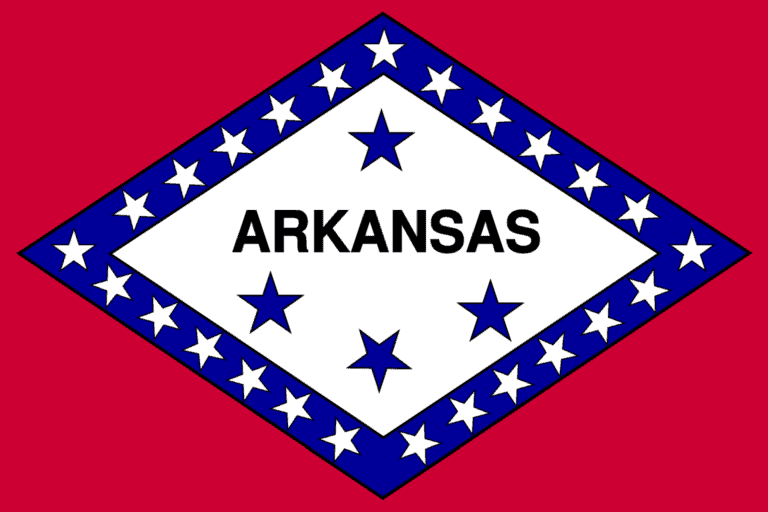
Arkansas, in many ways, is an ideal state for preppers, with tons of affordable land, lots of water and great water rights, and good hunting and agricultural opportunities within its borders.
It’s not all good news, because the state is notoriously tornado-ravaged and summers can be brutally humid.
Even so, there’s lots to like and many places that I would consider moving to specifically if I wanted to be ready for the big one as a prepper: Boone County has, statistically, a lower tornado risk than most other parts of the state, which goes a long way towards mitigating severe weather risk.
Newton County is quite rugged, with parts of it downright difficult to navigate, but this means it is much harder for people to get to you, too.
By comparison, Baxter County is a paradise with lots of lakes, rivers, and other waterways that can enable transit as well as provide you with plenty of water for personal use.
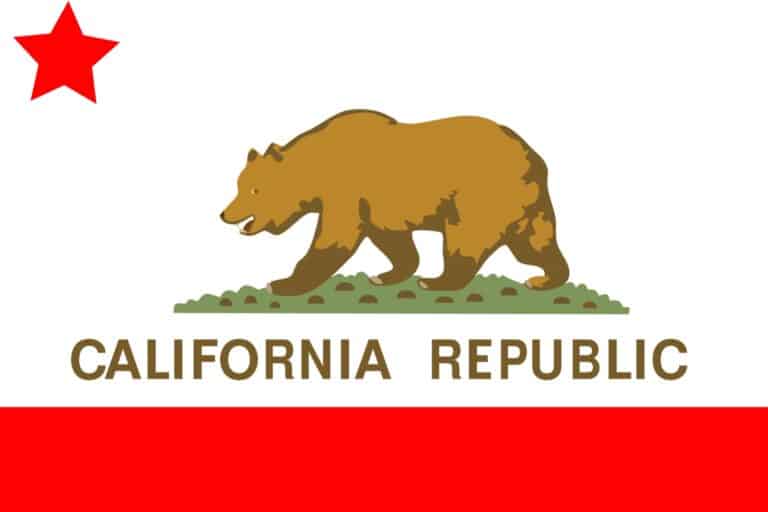
I know what you’re probably thinking: California? How!? Better known as Commiefornia to some for its oppressive and corrupt government, criminal-friendly legal system, and crumbling metro zones, California has advantages of its own for preppers who want to, or must, make a go of it.
Residents can enjoy a diverse and generally pleasant climate throughout much of the state, extraordinarily good solar potential, and areas of phenomenally rich soil that can make growing all kinds of crops a breeze.
If you stay away from the cities, you’ll actually find lots to like…
Siskiyou County is mostly rural and heavily forested, while Modoc County is quite remote and a high desert biome with very few people living there compared to the rest of the state.
If heading for the hills is more your style, Trinity County is mountainous with smaller, isolated settlements that will make waiting for trouble to blow over easy.
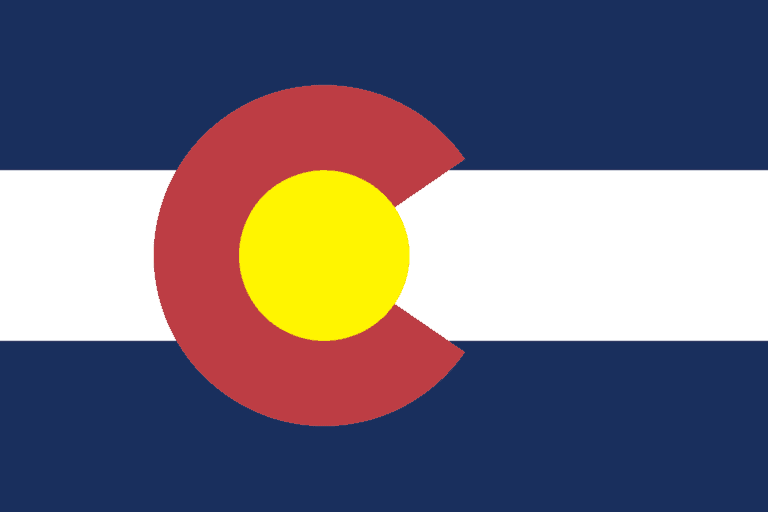
Colorado is a study in contrast for preppers. It has some of the most diverse, breathtaking, and beneficial natural terrain in the entirety of the United States, but it is swamped by an increasingly overzealous and regulatory government.
The winters there can also be quite harsh, and the wildfire risk has been growing year over year since misguided eco-centric policies have prevented the proper management of woodlands.
But self-sufficient preppers will find lots to like if they can get a property for the right price: Delta County has excellent access to water throughout and lots of prime agricultural land.
Montezuma County is very near the Rockies and provides easy travel in and out in case you need to get away from trouble in a hurry.
Park County tends to be quite cold, and its high altitude can be challenging for those not adapted to it, but it has excellent off-grid potential thanks to a high solar rating and abundant resources.
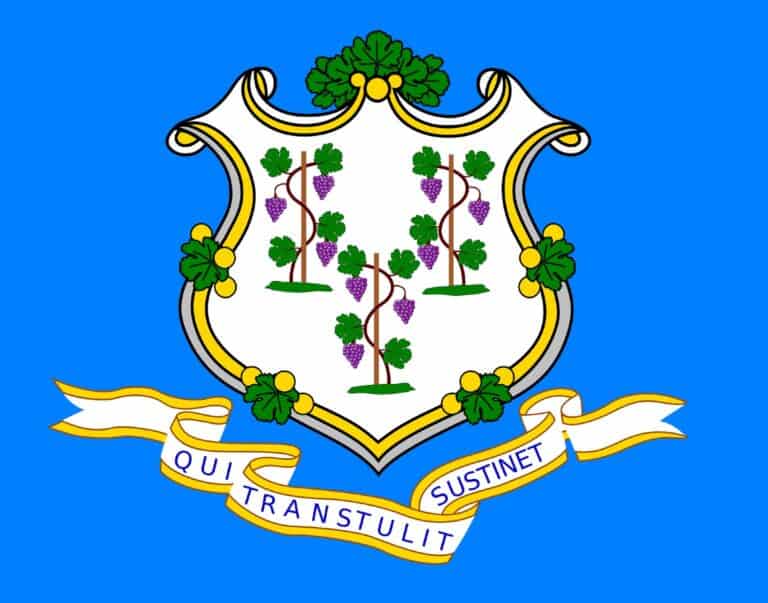
Connecticut, the Constitution State, is known for its charm, proximity to other major New England metro areas, and colossal finance and real estate industries.
As one of the smallest states in the US, and also one of the most densely populated, preppers must be prepared for riding things out with lots of other folks nearby, or else bugging out to less crowded areas.
My advice? Look mostly in the northern reaches of the state which are predominantly rural with lots of good soil for gardening or raising crops.
Litchfield County is rural, heavily wooded, and has a much lower cost of living than elsewhere in the state. Tolland County is sort of the opposite, and is mostly suburban with a small-town feel and a few rural areas, but it provides easy ingress and egress to elsewhere in the state on demand.
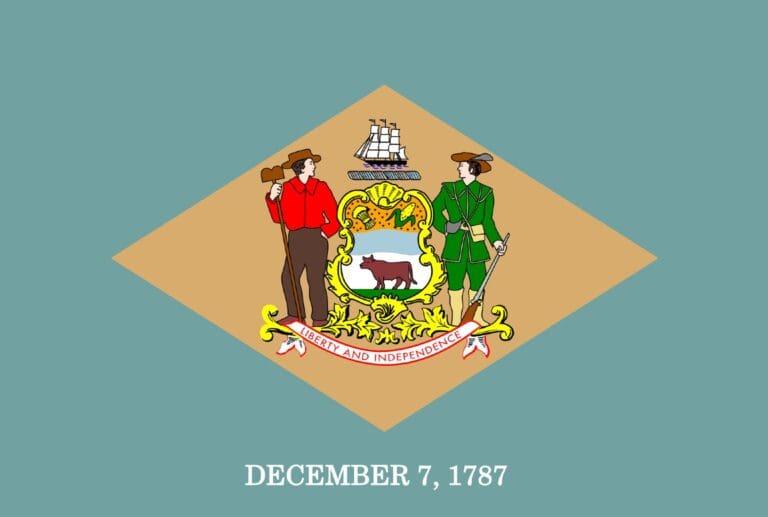
Known as the First State, and squeezed in between Maryland, Pennsylvania, and New Jersey, Delaware borders the Atlantic Ocean, which can facilitate a waterborne bug out or evacuation, and provide a virtually limitless supply of seafood if you’ve got the ability.
Great assets to be sure, and compared to other New England states, it enjoys a mostly mild climate.
The second smallest state in the US, it is also the sixth most densely populated, meaning crowding and proximity to built-up areas is always going to be an issue, as is flooding throughout much of the state.
If you wanted to set yourself up for success, I would consider Sussex County which has plenty of rural property to choose from, and Kent County which is centrally located, reasonably affordable, and has good soil.
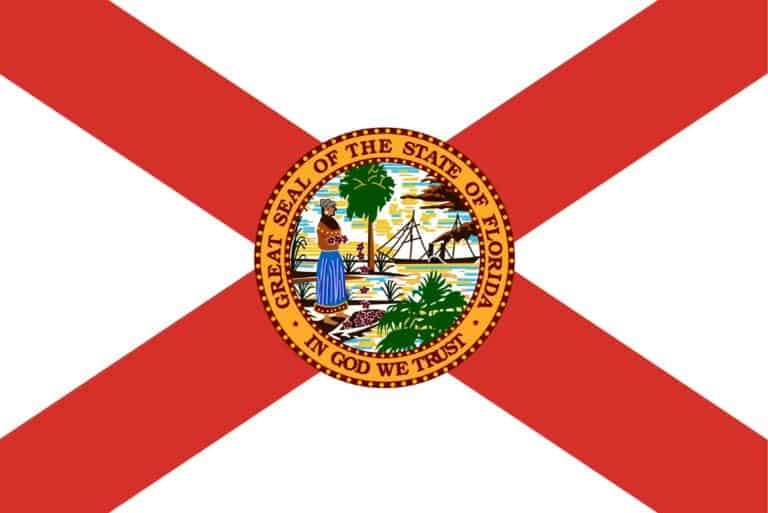
Florida has been praised as the sunniest state in the US, and acerbically derided as the sunniest place for the shadiest people. There’s lots to like about Florida and just as much to dislike…
Preppers living here will enjoy a lengthy growing season, excellent fishing, and generally pleasant weather throughout much of the year.
The springtime and summer can be absolutely brutal, especially on the panhandle and the interior, and you can expect to get pounded by hurricanes year after year. Crime is also a factor in many places.
For these reasons, you want to carefully select where you’ll put down your tent pegs: Suwanee County is high on my list because it is inland, statistically does not suffer too badly from hurricane impacts, and has good, farmable soil.
Liberty County will give you a break from the overcrowding common to the coasts, and it has extensive forests you can make use of.
If you can’t give up coastal living, go to Wakulla County; it is less populous compared to the rest of Florida, for now, and has easy access to freshwater and saltwater via the Gulf of Mexico. Just keep your eyes peeled for Florida Man!
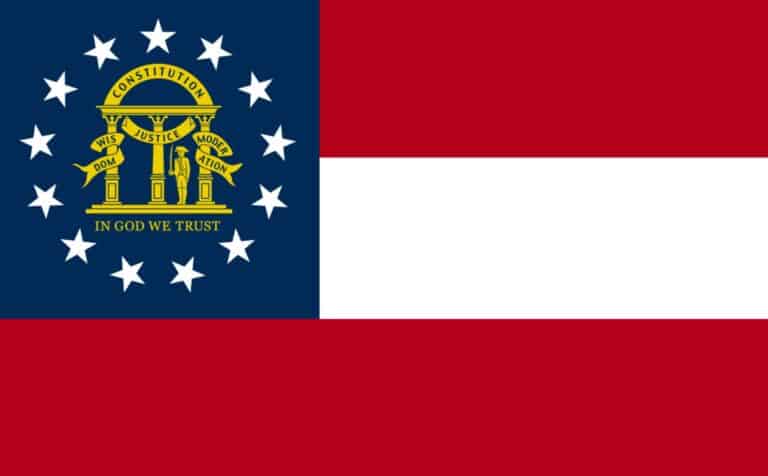
Another crown jewel of the Deep South, the one that is increasingly turning tarnished owing to the condition of its major cities. Georgia offers preppers diverse geography that can suit any preference and loads and loads of natural resources ripe for exploitation.
But sadly, most of its major cities, including Atlanta and Savannah, are turning into lawless pits with no end in sight, and the state gets it from both barrels concerning severe weather: tornadoes, hurricanes, and potentially lethal summer heat are all problems to be aware of.
Nonetheless, outside of the major cities you’ve got lots of great options for staging your retreat: Habersham County provides excellent water access, lots of forested areas, and a low population that is just a hair over 46,000.
Union County enjoys cooler weather, reduced impact from severe weather, and mountainous vistas that can provide shelter from civil and natural disasters.
Rabun County, the northeastern-most county in the state, gets over 70 inches of rainfall yearly on average and is very sparsely populated.
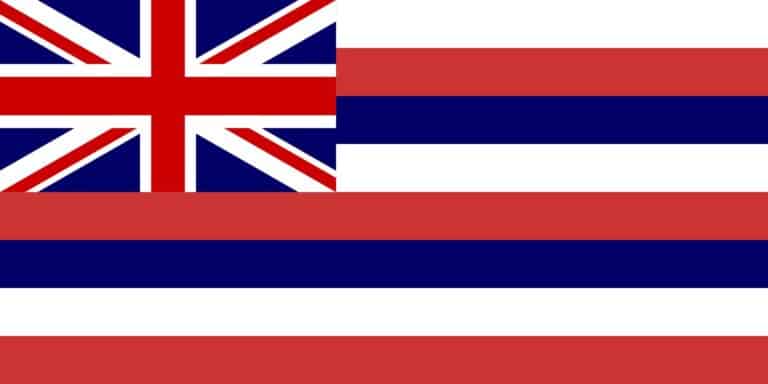
What could be better than living in Hawaii as a prepper? Truly, I can think of a few other places I would rather be considering how isolated the island chain is and the high risk of volcanic activity, tsunamis, and other calamitous disasters.
But a truly tropical climate and ample opportunities to live off of renewable energy are certainly perks. The worst of all possible outcomes would be getting cut off from supplies from the mainland, certainly a possibility during a major crisis.
Only two real choices the way I see it: Kauai County, which is less developed and populated than the others, or Maui County which is better able to support agriculture.
Regardless, you’d be wise to own a personal watercraft and have the skills to navigate on the open ocean if you want to make a go of it in Hawaii.
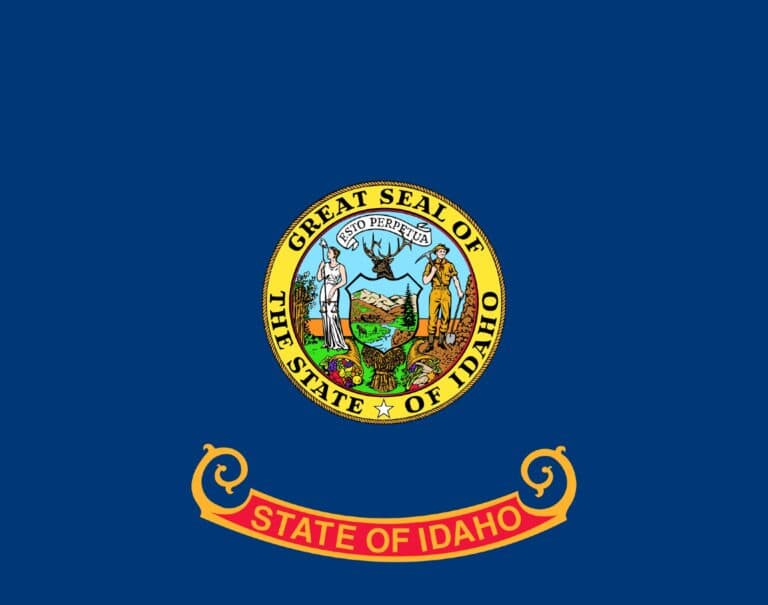
Known for potatoes in popular culture, Idaho actually has lots of positives for preppers.
A relatively low population, excellent gun rights, and huge swaths of pristine wilderness and remote but hardy and self-sufficient settlements make it a true destination for those who practice a lifestyle of personal readiness.
However, isolation comes at a cost, as access to goods, infrastructure, and even healthcare can be quite limited in the most remote reaches of the state.
I’d check out Valley County which has very low crime, lots of lakes, and many resorts. It’s a popular tourist town, but you’ll have lots of support and it has great potential for sustainable living.
Boundary County, as the name suggests, borders Canada and is heavily forested, lightly populated, and very remote.
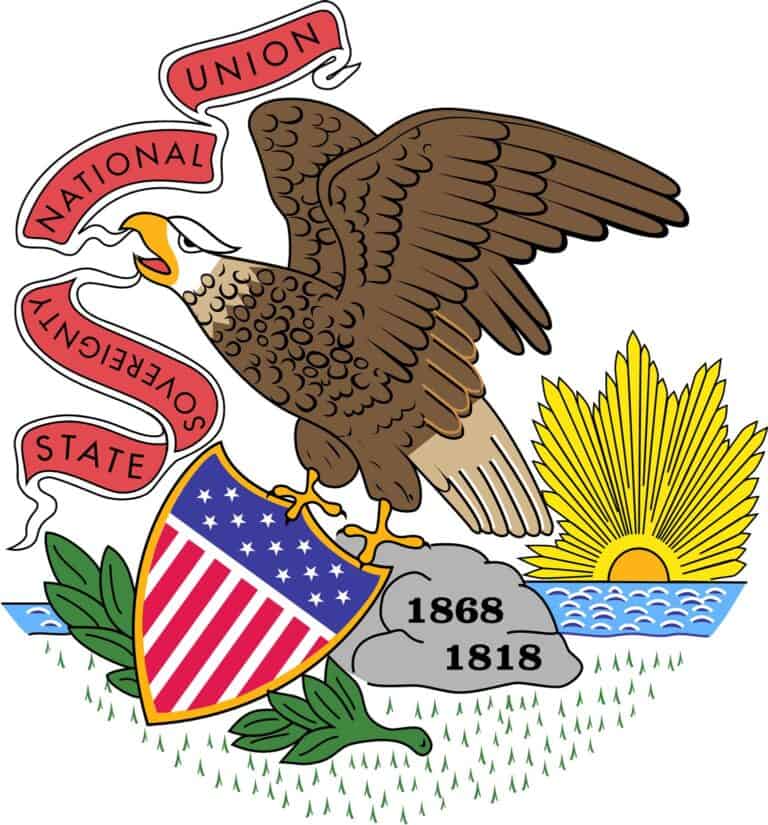
Illinois is infamous for its corruption and downright Byzantine regulatory environment. It’s also known for high taxes all around…
But if you can keep your wallet out of the government’s grubby mitts and avoid the major urban cities like Chicago, you’ll find that Illinois is abundant with fertile soil, excellent natural water resources, rivers, and charming small towns. All good stuff if you can tolerate the rest!
White County and Hardin County would be destinations to check out if I were you: both have smaller populations, good soil for growing crops, and in the case of Hardin County, access to major rivers.
White County could also provide you with better isolation if you want to keep well away from large population centers.
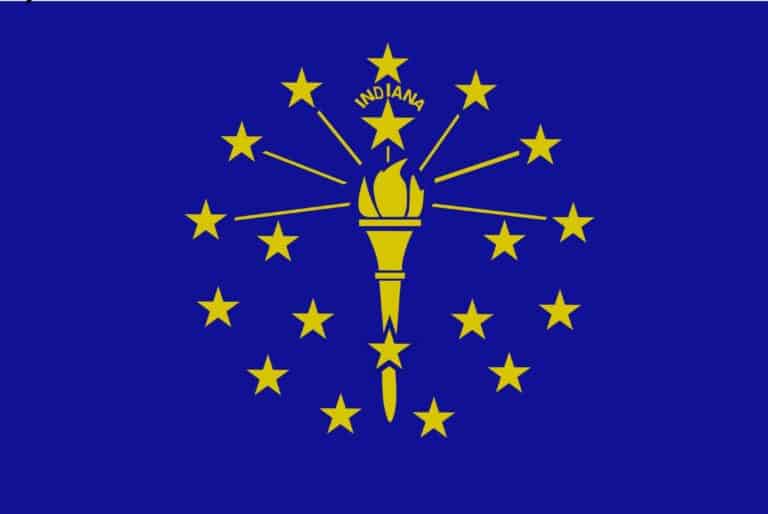
Indiana has tons of affordable rural land throughout the state and enjoys a moderate climate throughout the year; summers aren’t too hot and winters aren’t too cold, meaning it’s easy to stay comfortable even if you are completely off-grid.
Compared to other states we will look at though, Indiana suffers from a relative lack of natural resources and some areas that have significantly more soil and groundwater pollution thanks to its many decades of heavy industrial output.
Top picks for counties amenable to preppers include Martin County, Orange County, and Brown County: all have modest populations, decent access to clean water in the form of springs, and varied terrain. Brown County is also particularly hilly and heavily forested.
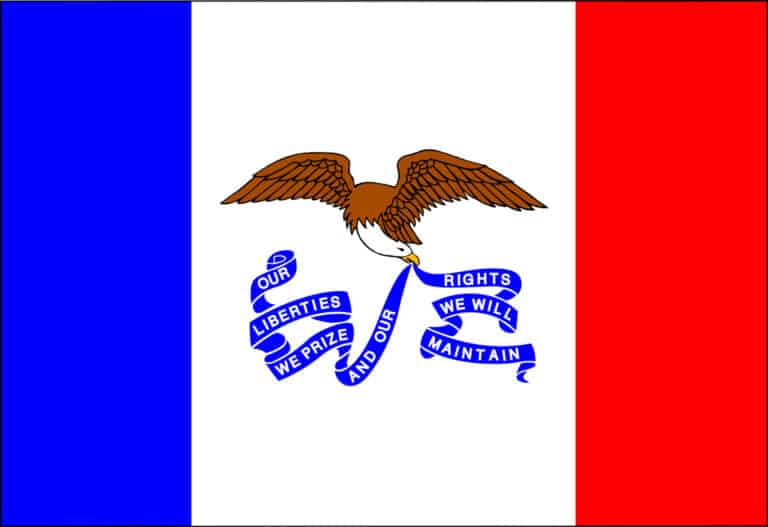
Iowa is one of the most agriculturally rich states in the US and, like Indiana, has a relatively mild year-round climate.
Adams County, Taylor County, and Monroe County all offer abundant farmland and a modest cost of living, with Taylor County being predominantly rural and one of the cheaper places to live in the state.
Adams County is the least populated county in Iowa if you really want to get away from people, but you’ll find small communities and villages throughout.
The big downside with Iowa is the high risk of tornadoes. Iowa is regularly ravaged by severe thunderstorms and has historically seen some of the most powerful tornadoes recorded cross its borders.
Compared to other states, it also has limited geographic biomes. Still, the east and west borders of the state are formed almost entirely by rivers, the Missouri River and the Big Sioux River respectively.
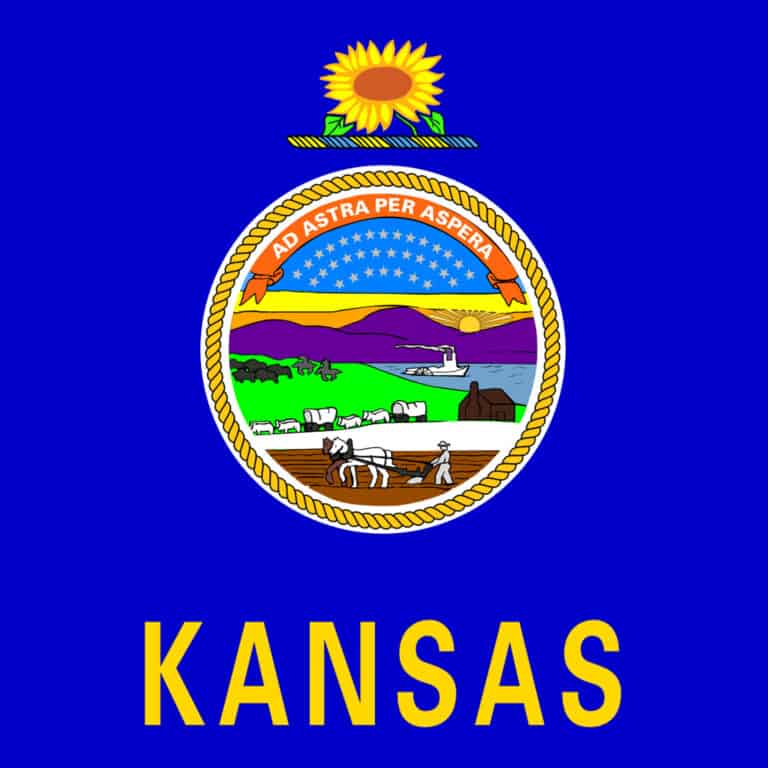
Friends, we aren’t in Kansas anymore. Or actually, maybe we are! Old cliché jokes aside, Kansas can offer preppers more farmland than they know what to do with and a fairly low population overall.
Once you get away from the larger cities like Topeka, Wichita, and Kansas City, you won’t have too many neighbors.
If you’ve ever heard someone joke about Kansas being flat, they aren’t kidding, with fully two-thirds of the state lying in the Great Central Plain, and it is mostly flat or gently rolling. The remainder of the state to the east is quite hilly and forested, though.
There are lots of places that would be ideal for preppers in Kansas, but issues with the water table make it highly drought-prone, and tornadoes are a major hazard.
I’d stick to Smith or Barber Counties as my choices for favorable terrain, reduced tornado risk, a flexible location, and good farmland.
Chautauqua County would be a good pick if you wanted to live in a sparsely populated but heavily wooded place.

The Bluegrass State can offer preppers small-town charm where real community values still exist and thrive, excellent farming opportunities, and a long and distinguished history of livestock.
Kentucky has tons of water resources to offer preppers, many choices of large towns and cities throughout the state, and a highly variable but generally tolerable climate.
All good things, and the state has been rapidly diversifying its domestic products into various industrial sectors, meaning you should have an easy time getting a job if you want to. Just make sure you don’t build in a floodplain!
Harlan County is rich in mineral resources and highly mountainous, while Casey County is centrally located in an agricultural hub. Lewis County is sparsely populated but gives easy access to the Ohio River which could feasibly carry you anywhere you want to go in the region.
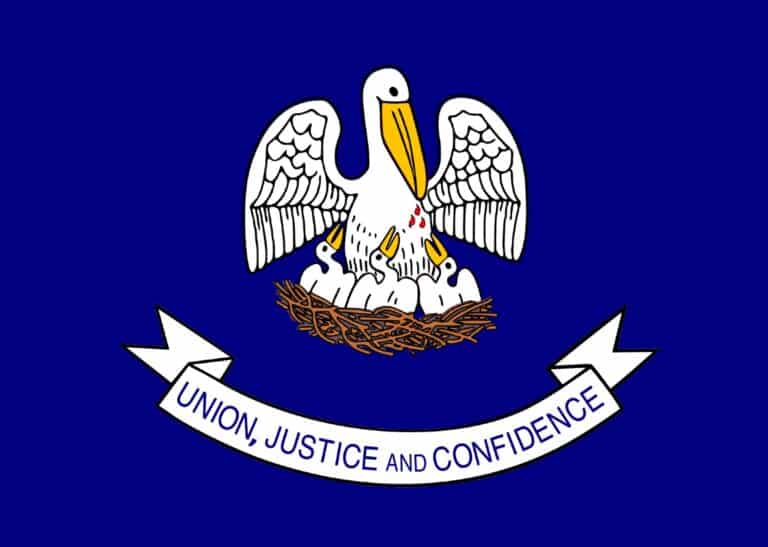
Louisiana is virtually indistinguishable from its French colonial influences, but aside from its fascinating history and cultural diversity, there’s a lot to love in the form of a lengthy growing season and extraordinary fishing and hunting opportunities for self-sufficient preppers.
Louisiana’s counties are called parishes, and for our purposes, I’d make a go of it in Cameron Parish or Tensas Parish as my first choice; the first is on the coast and vulnerable to hurricanes but offers some of the best fishing in the United States.
The latter has a very low population but many waterways which could allow you to move around while staying off the roads or escape trouble.
If you don’t mind real isolation, West Carroll Parish will let you get away from it all and enjoy soil that is so rich it beggars belief.

Maine has one of the lowest population densities out of all the states in the nation, and in kind it is also one of the most beautiful and least developed.
You’ll have to put up with wet and brutally cold winters, winters that are bad enough that some of the more remote towns and villages can be borderline inaccessible by road.
That said, Maine enjoys a considerable amount of unity in terms of the population and their values, with very low crime outside of the larger cities.
For preppers who really want to get out there, Piscataquis County is the least populated and is predominantly just vast wilderness.
Franklin County is mountainous and rugged, right near the Canadian border and Somerset County is heavily forested with abundant water sources and groundwater access.
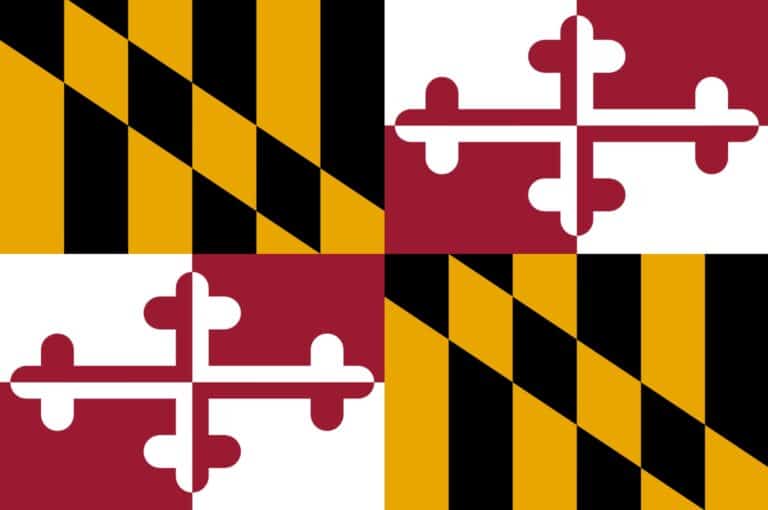
Considering it is the 9th smallest state with a total area of just 12,407 square miles, but a population of over 6 million people, to say Maryland is crowded is an understatement.
It’s also another state with a highly invasive and overzealous government when it comes to laws and regulations.
If you can overlook that, the diverse climate and proximity to the Chesapeake Bay might be assets you can exploit to your advantage.
Not many great choices in this state if I’m going to be honest but I would check out Allegheny County to be near the Appalachians and save some money on property, or Garrett County to likewise be near the mountains and enjoy more rural communities with fewer people.

The Bay State is probably best known as being the site of early English colonization. Many preppers will find it challenging to live here because of the high cost of living – highest in the US by many metrics – and steep taxes, and also because of the long and frigid winters.
But coastal access has advantages of its own, and the state is a global leader in biotech, AI research, and maritime trade, industries which ensure plenty of government support in times of trouble.
Consider Franklin County which is dotted with small towns and far less developed than the rest of the state generally with a correspondingly smaller population and good farmland that would be perfect for your own homestead.
Berkshire County is also quite rural with a small population, and is cut through by hills and mountains.
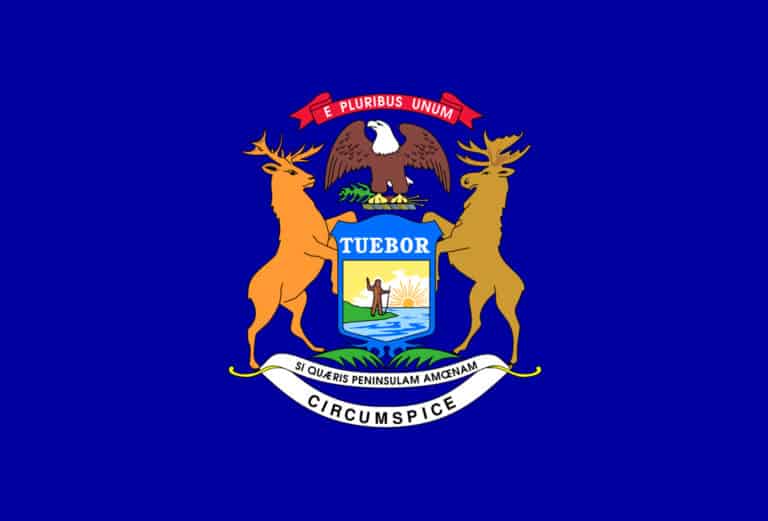
The Michigan peninsula is smack in the middle of the Great Lakes region and the state is a haven for preppers who want to enjoy excellent hunting, rugged rural retreats, strong water rights, and easy access to fresh water.
Downsides are considerable economic woes on many fronts at the moment, and incredibly cold, wet winters that will put your endurance to the test…
But for the tough, Michigan can be a great state for making a homestead. Alger County is sparsely populated along with Baraga County, the latter of which offers easy access to the lakes along with ample forest.
Keweenaw County could also be an interesting choice, being the least populous with part of it lying smack in the middle of and being completely surrounded by Lake Superior.
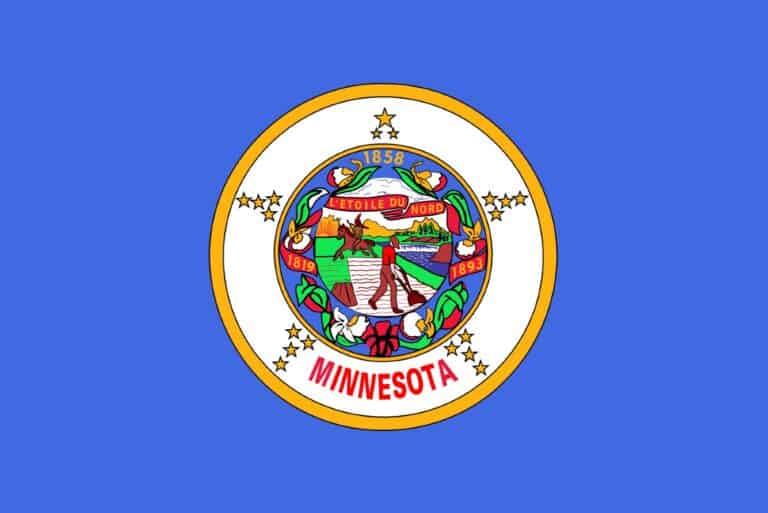
Minnesota is unique among most states, at least according to my travels, for its strong community ethos throughout.
People really do look out for one another here, and once you get known and make friends in a town, you’ll have folks watching your back during times of trouble.
Those are huge advantages for us preppers, and more than makes the biting cold winters and boggy summers worth suffering through.
Again, we’ve got lots of good choices throughout the state. Clearwater County is a rural gem with very few inhabitants, dense forests, and lots of other natural resources…
Lake of the Woods County lives up to its name because it’s speckled with many bodies of water. Cook County is far to the north, borders Canada, and can afford you isolation if that’s what you’re after.
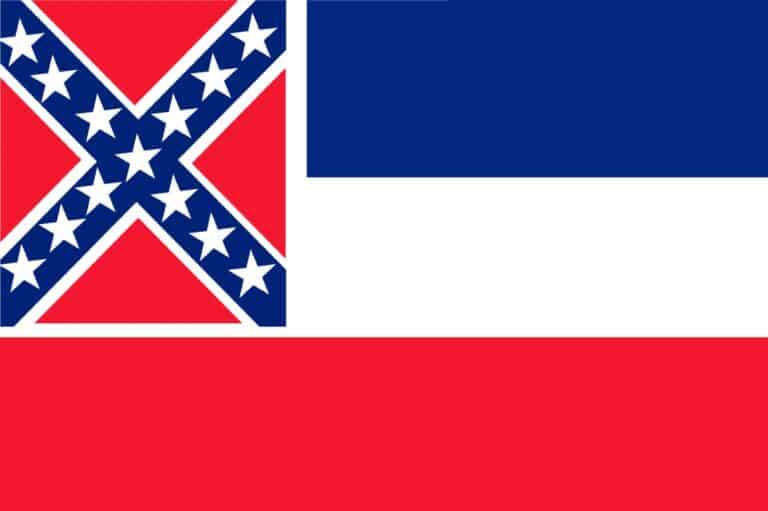
Bordering Tennessee to the north and Alabama to the east, Mississippi has the dim distinction of having the lowest per capita income in the entire United States.
Mississippi is agriculturally highly productive, with a long growing season, though its humid subtropical climate means you’re going to be sweating like crazy for every harvest. Perhaps worse, Mississippi has a substantial hurricane risk like other Gulf States.
If you’ve got the resources, there are few truly bad choices throughout the state, but if I were to zero in, I would look closely at Franklin County, Wilkinson County, or Choctaw County.
All have good soil for agriculture, and the latter two have smaller populations. Wilkinson County borders Louisiana and provides access to the Mississippi River.
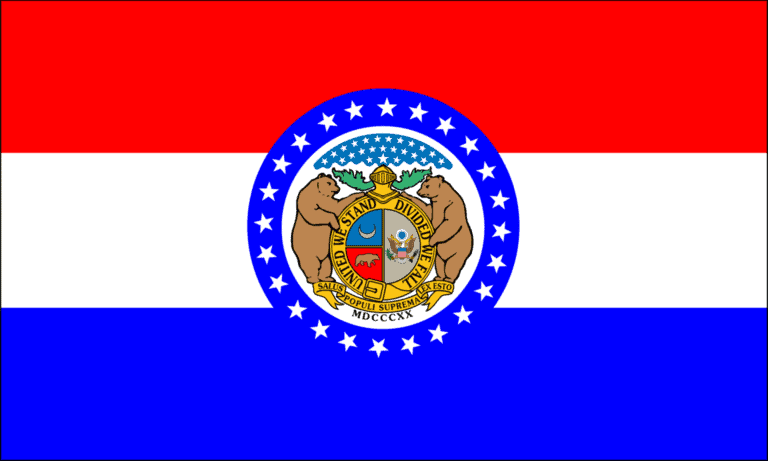
Missouri is something of a multifaceted state, a surprise to folks who think of it as just flyover country.
This state has extremely diverse geography and biomes, abundant natural wildlife, and four proper seasons; unfortunately, each of those seasons brings with it a risk of extreme seasonal weather, particularly tornadoes in late spring and summer.
Nonetheless, Missouri offers something for every prepper depending on where you settle…
For instance, Ozark County is a tourism hotspot but relatively small in overall population outside of these touristy areas, and there are many lakes to explore, live on, or fish on.
Iron County is extremely rich in natural resources, including minerals as the name suggests, and the rugged terrain will keep out most outsiders who aren’t highly determined to get to you.
Shannon County is covered predominantly by national forests and other reserves, with very few people living there.
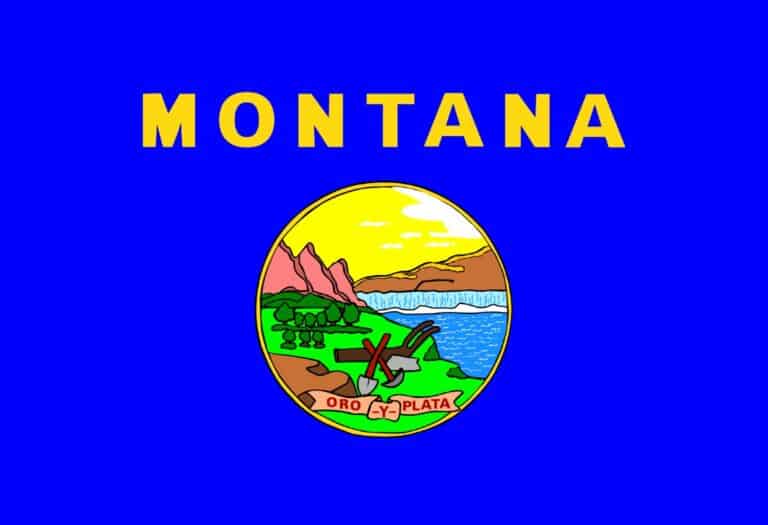
Big Sky Country lives up to its name, and also its reputation for vast swaths of pristine wilderness and a culture of ruggedness and self-sufficiency.
If you want to get away into remote and virtually unsettled rural areas, Montana is one of the best choices around, though it is routinely subjected to incredibly harsh winter weather.
Make no mistake, you will be well and truly on your own if you want to live in the backcountry!
There’s hardly a better example of this than Lincoln County, which is covered in forests all along the northern border of the state and neighboring Canada.
Beaverhead County is the largest in Montana, dotted with larger settlements and an equally good choice if you want to live off the land with great hunting or grow your own crops.
Sanders County would be my choice for a true retreat since it’s quite rural but not too far from help, and it has great wealth in terms of above and below-ground water.
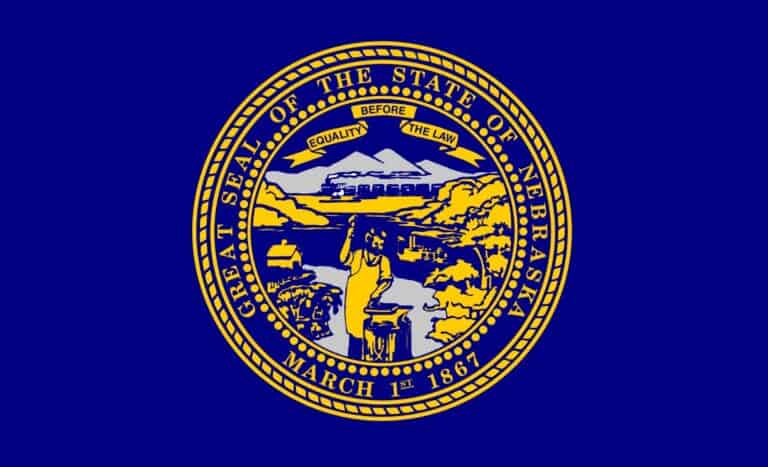
Despite its reputation, and a well-deserved one at that, for extraordinary agricultural wealth and old-fashioned country values, Nebraska is changing and changing rapidly in our day and age.
Crime and drugs are big problems in most cities, but heading out to the farther corners of the state will put you further and further from institutional care and support if you need it.
I would only recommend Nebraska if you were staying out of places like Omaha and can endure the extreme tornado risk wherever you happen to settle.
Cherry County and Hooker County are where I would advise you to go based on amenities, opportunities, and population density. Consider Keya Paha if you want to be a little further north.
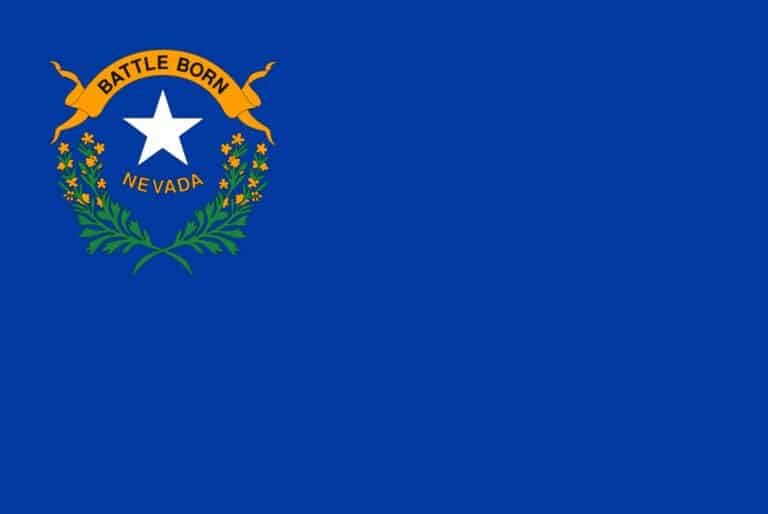
When most people think of Nevada, they rightly think of Las Vegas, but there’s a lot more going on here than just that gambler’s paradise…
Nevada has a very low population density outside of the largest cities like Reno and Las Vegas, and believe it or not, people actually have a strong culture of preparedness and a can-do attitude.
But they have to because water is extremely scarce, droughts are a constant threat, and other extreme weather events can threaten life and limb.
So where should you go? Lander County is probably my top choice owing to its centralized location in the state and numerous, friendly small communities.
Elko County is a ranching hub that can provide you a lot more room to spread out and put some distance between you and neighbors if you prefer. Esmeralda County is basically nothing but wide-open spaces with very few people.
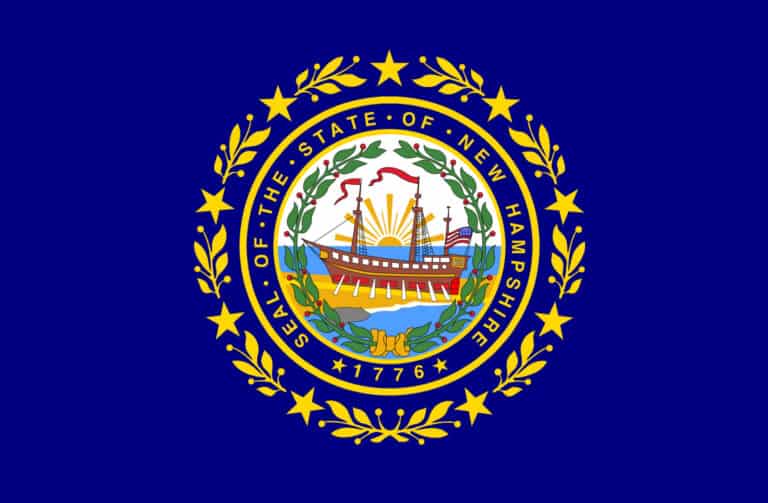
New Hampshire’s motto is “Live Free or Die,” and I think that is a sentiment that most preppers can get behind!
Even though it is the 5th smallest state by area alone, it is the 10th least populous and has under 1.4 million residents.
A state of tremendous mineral wealth, particularly granite, the emphasis on strong local governance and low taxes is undeniably attractive.
Sadly, this is another place with brutal winters that can put homesteaders or folks bugging out to the test, and it has a very high cost of living.
There are two obvious choices for preppers in New Hampshire, I think: Grafton County is rural and has part of the White Mountain range running through it. Coos County is the northernmost county, densely forested, and lightly populated.

New Jersey, in my opinion, is a genuinely tough proposition for preppers.
That’s because every single one of its counties has been designated as urban by the Census Bureau, meaning a significant population density and a considerable amount of infrastructure and built-up areas.
Plus, New Jersey is another state that is known for government overreach, and corruption, and it generally sticks its nose into every facet of citizens’ lives.
But if you just have to live there, or are stuck there, I think there are only two counties I’d consider living in or retreating to…
Warren County has lots of land that could make for a perfect homestead, with rich soil, and it’s more affordable than most other places. Sussex County is another good choice if you just want fewer people around.
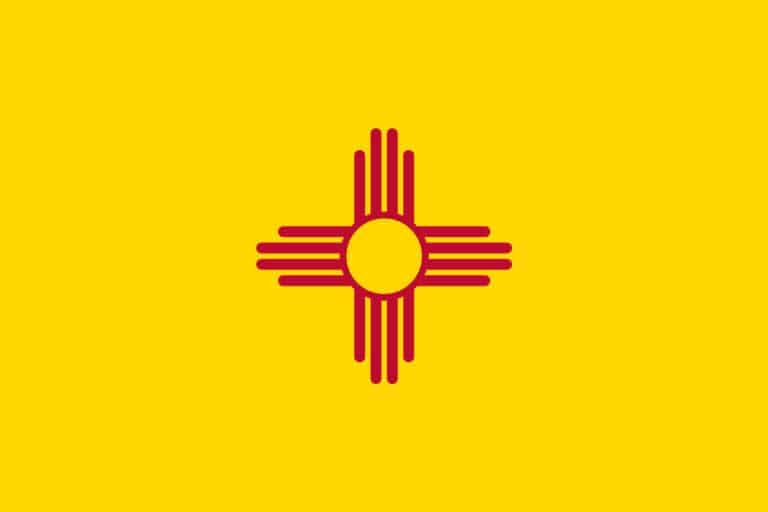
If you want to really get out there and get away from people, and everything else, New Mexico might furnish better opportunities than nearly any other state save Alaska.
Catron County is the largest county in New Mexico, but one with an extremely low population, especially considering its size. Harding County is one of the least populous in the whole country, period!
If you want to enjoy at least some facsimile of living in civilization, consider Torrance County: near the geographic middle of the state, it has many small towns throughout, and a long and distinguished history of ranching that continues to this day.
These are all good things according to most preppers, but New Mexico will test you: the state has been struggling economically, and like most southwestern states, water scarcity, drought, and extreme summer heat are very real and very legitimate threats.
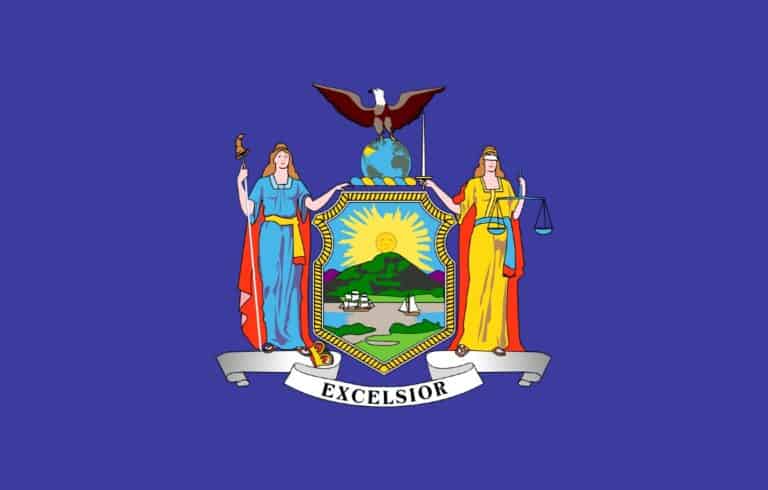
When you think of New York State, you probably cannot separate the reality of the state itself from New York City.
I understand why, but you might be surprised to learn that New York is actually extremely rural the farther away you get from the Big Apple and the coast.
Northern New York has great opportunities for homesteading, living in a small town, farming, and a lot more. Hamilton and Essex Counties are covered with forests, and the Adirondacks run through both of them.
Lewis County is a dairy farming and beef cattle farming hotspot that could provide excellent support in case supply chains break down, and the county also incentivizes renewable energy at the residential level.
Good stuff! Unfortunately, New York State is still stereotypically New York: taxes are quite high, and the state has never known a regulation that it didn’t like, especially when it comes to guns and self-defense.
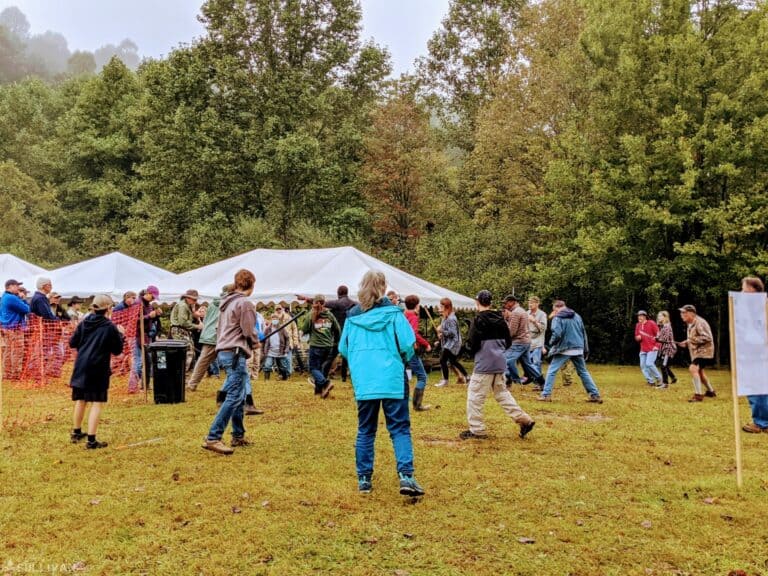
It’s easy to fall in love with North Carolina for the diverse climate and topography, excellent access to natural resources, and its beauty.
You certainly won’t like the elevated hurricane risk, and the fact that the state population is growing by leaps and bounds in recent years.
Your remote prepper hamlet might be swallowed up by a planned community before you know it!
North Carolina is a state that’s in a considerable amount of flux economically and concerning population density and demographics, so no guarantees on these counties for the foreseeable future.
That said, Yancey, Ashe, and Watauga all offer an ideal mix of good livability, modest population, and amenities.
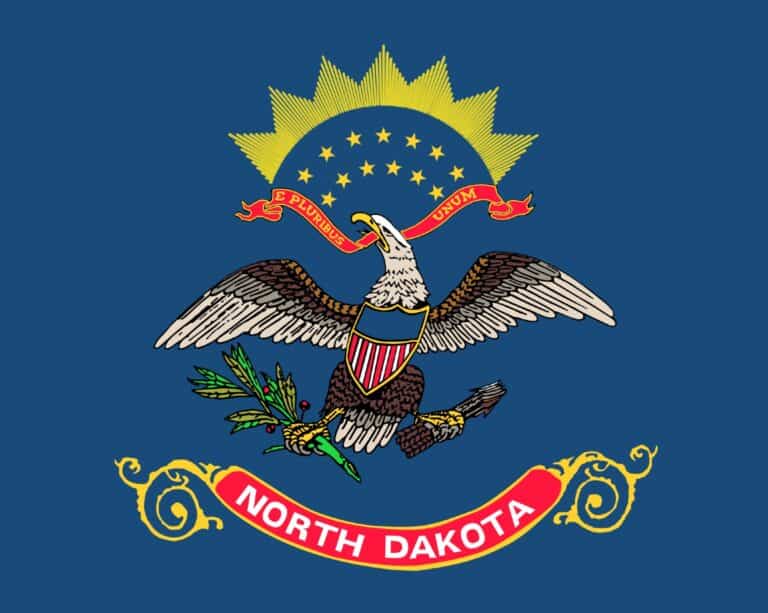
North Dakota is virtually synonymous with oil country, majestic natural vistas, and winters that are so cold you’ll feel like you are spending your vacation on the surface of Neptune.
Anywhere but the largest cities and towns, it will truly feel like you’re living on another planet because your neighbors will be few and far between. The statewide low population density is both a perk and a flaw depending on your outlook.
But there’s plenty of land, and it’s very cheap. Check out Billings, Slope, and Renville Counties. Renville County is predominantly agricultural and right on the Canadian border, meaning that if you needed to jump ship from the US for whatever reason, you could go that way.
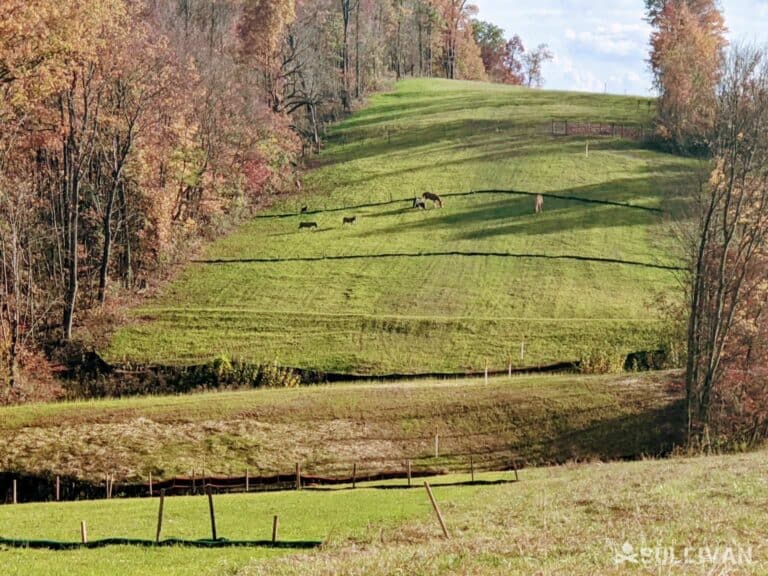
The bellwether of the entire country, Ohio has a varied moderate climate, varied geography, and a good mix of pristine rural areas and large urban metropolises.
No matter where you are comfortable, Ohio can accommodate you, and rural Ohio, in particular, will remind you of the America of old where neighbors really do look out for each other.
Significant hazards are relatively few, as the northern parts of the state can suffer from harsh but survivable winter weather, while the southern reaches can get pounded by tornadoes from time to time.
Industrial pollution has also been a historical threat in the state and remains one today in some places.
My picks for the best counties for preppers are Vinton County with its low population and excellent natural resources, Monroe County for its access to the Ohio River and its predominantly rural disposition, and Hocking County.
Hocking County is a minor tourism hub thanks to its natural parks and cave systems, but it’s safe, friendly, and just a nice place to live.
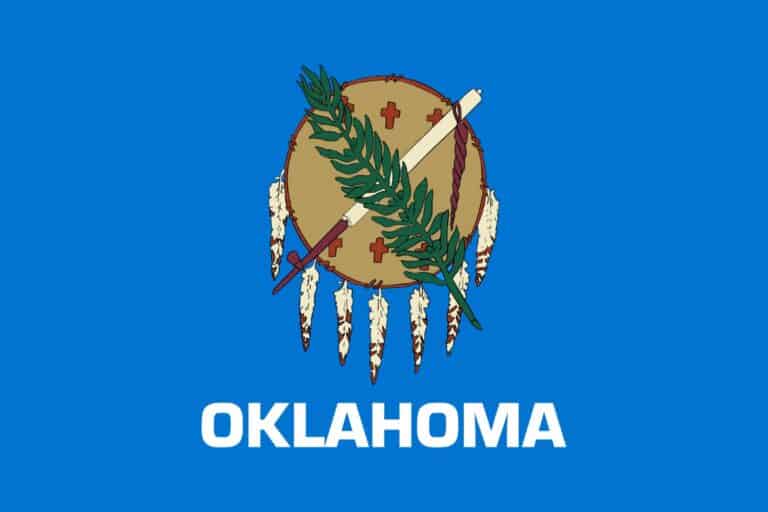
Oklahoma is a potential paradise of a kind for preppers who want to be totally self-sufficient. It has great wind energy potential, good solar energy potential, and excellent farming and ranching opportunities.
Plenty of cheap land and a low overall cost of living mean that your dollars will go a lot further. However, Oklahoma is notorious for severe thunderstorms and tornadoes, so consider a sturdy house – so a top-of-the-line storm shelter a must.
Cimarron County, located in the panhandle, has one of the lowest populations in the entire region. Beaver County, also in the panhandle, is an agricultural hub with tight-knit, self-sufficient communities.
Consider Harper County, too, which consistently rates as one of the very best locations in the entire state for wind energy production. With the right setup, you might be able to supply all the power you need in a grid-down situation.
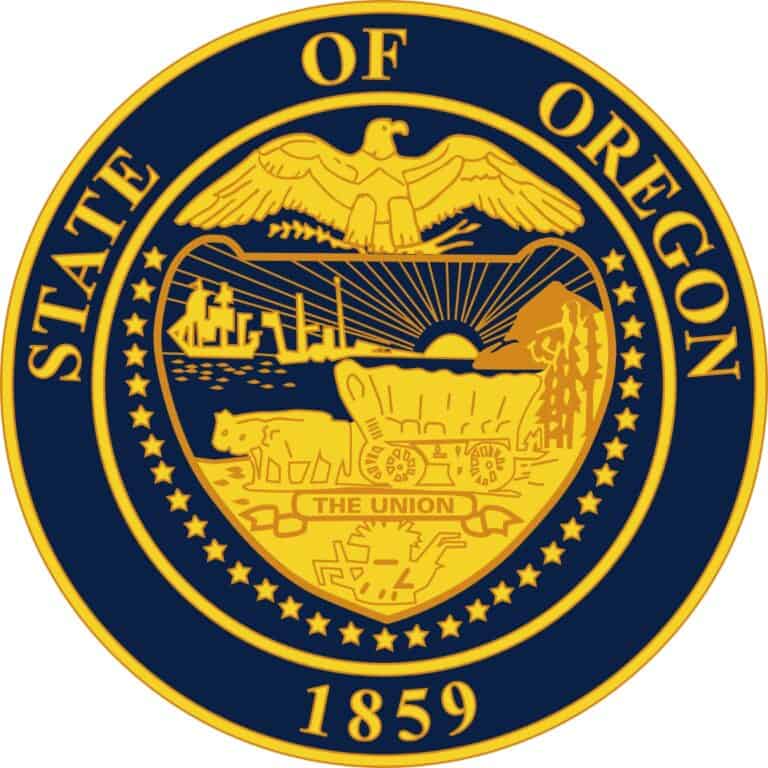
Located in the heart of Cascadia, Oregon is wet and rainy but beautiful in a primordial way. The farther you get from the coast, the more the culture changes, and, typically, the more sparsely populated it is, at least in most places.
A major challenge in Oregon is an increasingly Byzantine and eco-conscious regulatory drive from lawmakers, extremely high cost of living near major settlements like Portland and Salem, and substantial wildfire risk during drier seasons.
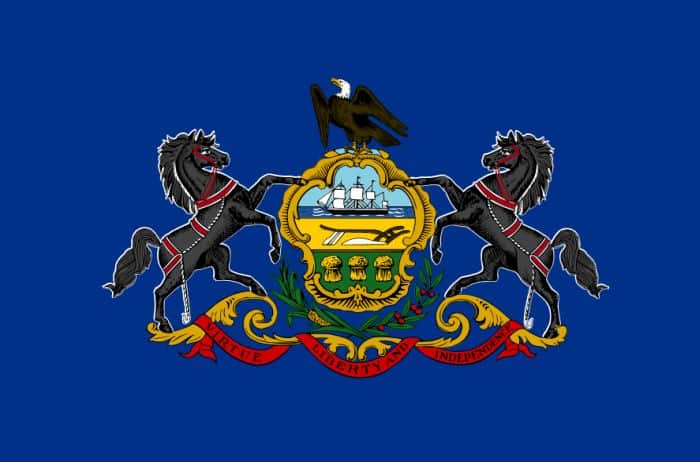
Pennsylvania, the Keystone State, has a motto of “Virtue, Liberty, and Independence.” Great things to aspire to, and certainly qualities that will appeal to preppers.
Something to keep in mind is that Pennsylvania is, surprisingly to some, the fifth most populous state in the whole of the US. As of the 2020 census, just a hair over 13 million people lived there. Something to keep in mind, perhaps.
That said, you can still find sparsely populated rural areas throughout, to either live or bug out to, and the extensive access to varying natural resources and generally amenable climate despite the occasional rough winter makes it highly attractive.
If you want to avoid the crush of humanity, Potter County has a very small population. Forest County has the smallest population in the whole state and is, just like the name says, covered in forest.

The tiniest US state and, no surprise here, the most densely populated by an enormous margin. Residents and visitors love Rhode Island for its coastal New England lifestyle and strong cultural ties.
Sadly, you aren’t going to find any truly rural areas in Rhode Island because if you go in any direction, you’re only a hop, skip, and a jump away from a major city.
But if you want to stick to the Ocean State, Washington County is probably the pick for preppers: a mixture of less populated, if not truly rural, stretches combined with quaint suburbs and close proximity to the coastline makes it a great place to live.
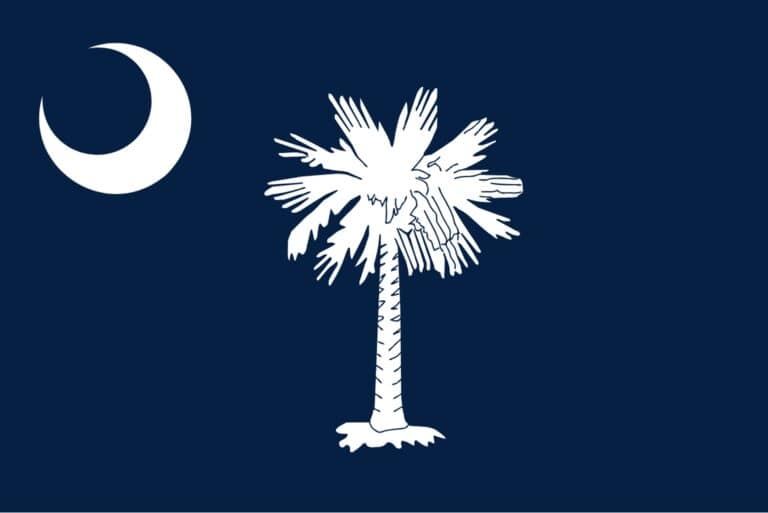
A hotbed of action during the American Revolutionary War, South Carolina, the Palmetto State, can give you Atlantic Coast living or lots of ecological and geographic diversity the farther inland you go.
Hot, humid summers, significant hurricane risks, and truly remorseless mosquitoes are risk factors or agitations. Also, you’ll need to be careful of floods and mudslides in the hillier areas.
Still, I lived in South Carolina for several years and really liked my time there. McCormick County has a small population and many beautiful state parks that are perfect for hiking, camping, practicing your prepper skills, or bugging out.
Pickens County is situated squarely at the foothills of the Blue Ridge Mountains, and Oconee County is in the mountains proper, with many lakes besides.
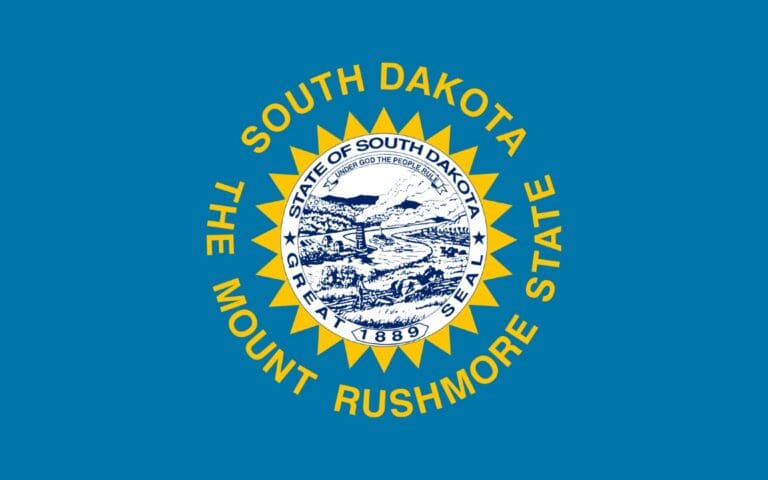
South Dakota is very much like North Dakota in our prepper assessment.
The winters can be remorselessly harsh, and though you have abundant land and a low population, you’ll be putting up with limited services and occasional shortages of goods in rural areas.
But for an agrarian prepper or homesteader, or a bug-out retreat with precious few people, you’ll rarely be able to do better.
I’d direct you to Perkins County for its rich, black soils and small population, or check out Harding County which is predominantly used for grazing cattle and other livestock.
If you aren’t quite ready for the “survive all alone through the winter” experience just yet, Fall River County is beloved for its mild climate. Or at least, mild compared to the rest of South Dakota!
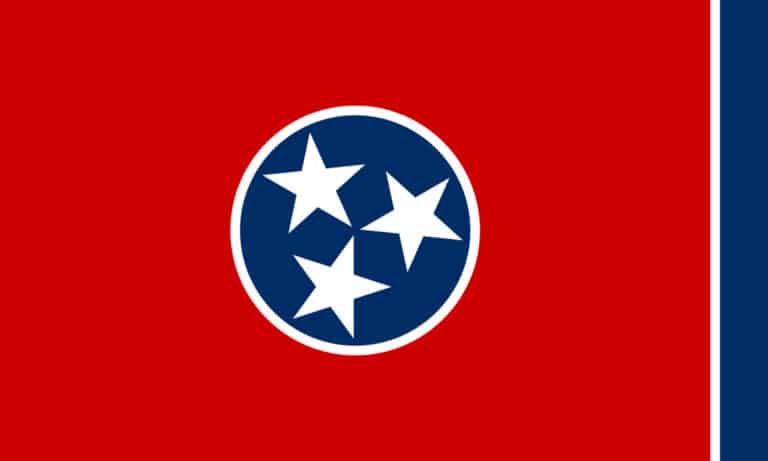
Tennessee is an interesting state on our list. The terrain ranges from rolling plains and foothills to the tall Appalachian Mountains in the east. You can find secluded forests or bustling metropolises within a few hours of each other.
Compared to Alabama and Georgia, you’ll find the overall climate in Tennessee much milder, but the state is still continually rocked by severe thunderstorms and tornadoes year in and year out.
Expanding urban sprawl may also be a factor depending on how much room you want to yourself.
If I were making a move to Tennessee, or if I lived there and was looking to relocate in anticipation of future societal troubles, I’d check out Johnson County in the far east bordering North Carolina.
Morgan County is located right in the middle of the Cumberland Plateau and has few people living there. Hancock County is another mountainous choice and very rural.
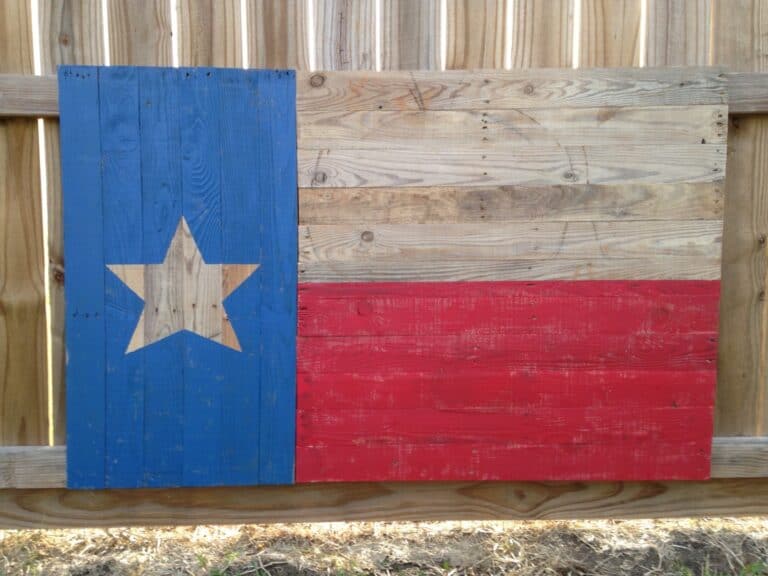
Everything is bigger in Texas. At least, that’s what people say! It is certainly big, the second largest in the United States in terms of raw area, but also population.
30.5 million people call Texas home, but the state is so gargantuan that there are plenty of areas where there are only a handful of people in every square mile.
Texas also has a strong ethic of self-reliance, hard work, and helping your neighbor, and that’s a good thing because severe weather routinely puts Texas citizenry to the test. Hurricanes, tornadoes, severe droughts, hail, and a whole lot more.
You could spend an entire article going over good places to live in the state, but I’ll put my money on Brewster County because of its sparse population and Culberson County, which is very remote, likewise has a small population, and lots of wilderness areas for bugging out or skill building.
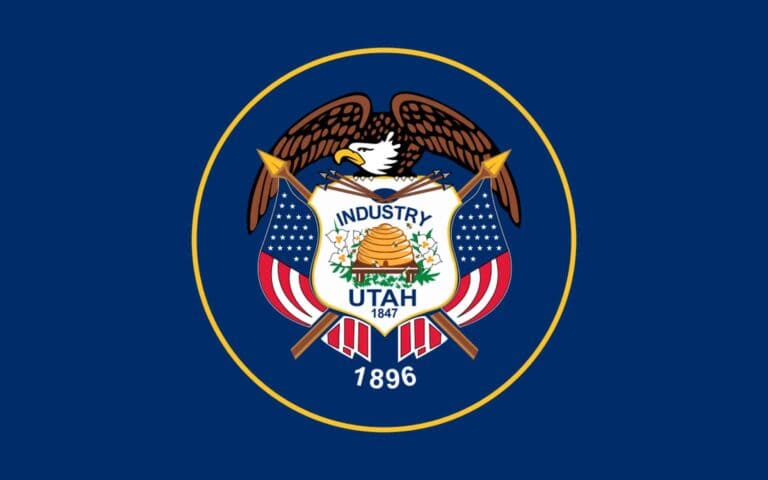
More than nearly any other state, Utah has a remarkably varied climate and geography in equal measure. From deserts to mountains, forests to plains, sprawling cities to tiny hamlets, it’s all here…
Owing to the high concentration of Mormons in the state, many citizens have a strong culture of preparedness as civic good already baked in, so you’ll be among like-minded folk in that regard.
But you must be careful regarding land use laws, water rights issues, and, in many parts of the state, the real risk of water scarcity.
So, where are we heading? I like Piute County for its high elevation and mountainous terrain.
It’s predominantly a temperate coniferous forest with alpine meadows, and sparsely populated. Garfield County is another favorite, and is high desert with some temperate coniferous forest at higher elevations.
Wayne County is a bit different; it is a 50/50 mixture of fertile, rural agricultural land and remote, barely populated vistas of cliffs and canyons.
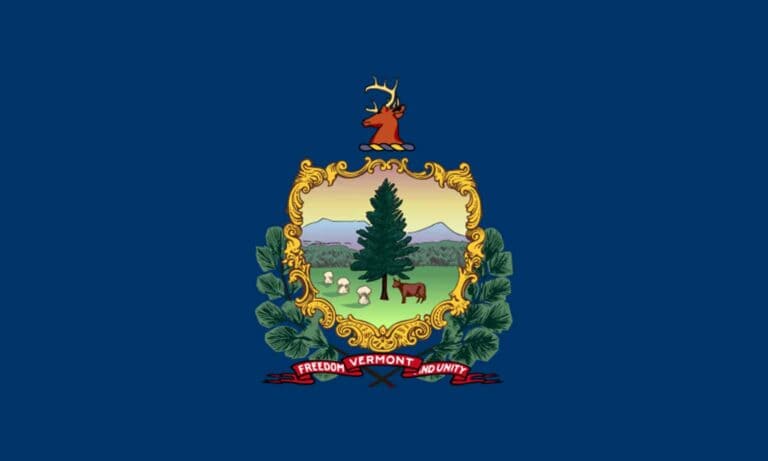
The maple syrup capital of the US, and the second least populated state, Vermont is a truly great state for preppers.
With great agriculture, strong community values, and an excellent “food network” thanks to its many farms and farm-to-table initiatives, self-sufficiency is just a part of life in this state, along with the production of other basic resources like lumber and more.
Two great choices for those who want to settle down in Vermont are Essex County and Orleans County.
Essex has very few people in it and is mostly farms and unimproved country estates. Orleans is a bustling county of small communities focused on farming and forestry in equal measure.
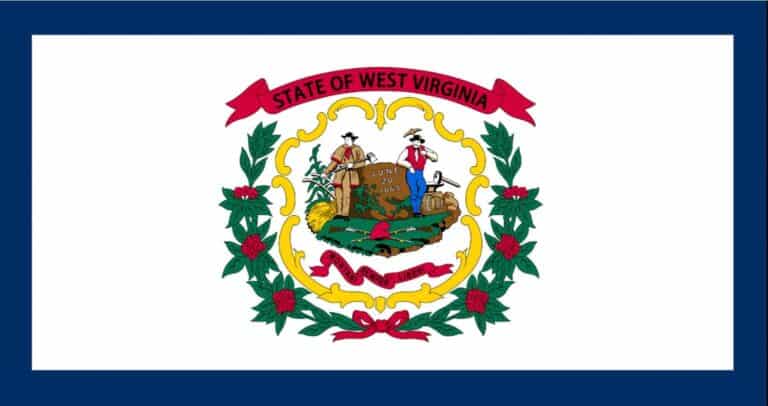
Virginia is another state that might be considered lopsided in a way. Nearly 9 million people live in Virginia, and fully one-third of them live in Fairfax County in the north, part of the Washington DC metropolitan area.
This is one of the seats of government power, something that most preppers will wisely stay as far away from as they can if they want to be as safe as possible.
Elsewhere in the state, though, you’ll enjoy a remarkably varied climate and unbelievably varied bio-regions. If you are near the coast, you’ll need to worry about hurricanes.
If I were going to settle in Virginia, I would prefer to go farther inland. Highland County is at one of the highest points in the state and has truly breathtaking scenery.
Wise County is nestled in the Appalachian Mountains and has a long history of coal mining and other industry. Bath County might also be a good choice for its low population and easy access to wells thanks to expansive natural aquifers.
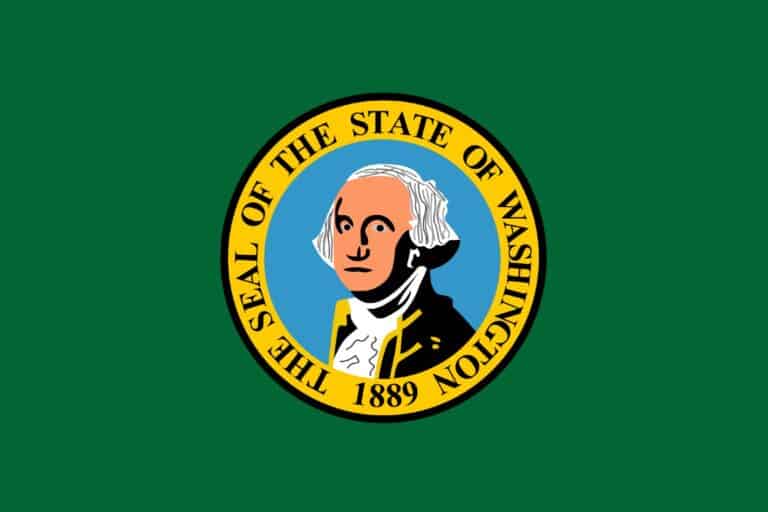
Located in the very most northwestern corner of the lower 48, like Oregon, Washington is right in the middle of the Cascadia bio-region, and is blanketed with hills, mountains, and actual rainforests.
It is rich with all-natural resources and a strong statewide culture of sustainability and eco-consciousness.
Regrettably, the cost of living is pretty high and gets higher the closer you get to the metro zones, and the state is also one of the most volcanically active in the continental US.
Your best bets for settling down in Washington State will probably lie away from the Pacific coast.
Pend Oreille County sits right on the border with Idaho and has a low population. Ferry County also has a very small population and extensive public land.
If river access is important to you, Asotin County sits right on the Snake River and has fairly isolated communities.

Mountainous West Virginia offers some of the lowest costs of living in the US, but this is because the entire state, very nearly, is seriously depressed economically. Floods, landslides, and mudslides are your historic and ongoing disaster risk factors.
If you don’t work remotely or have an online business, getting meaningful long-term employment might prove difficult. But if you’re coming into the state with plenty of your own resources, you might be able to live well and cheaply.
Pendleton County, Pocahontas County, and Webster County all offer good opportunities for preppers to settle down or bug out from elsewhere in the state. I really like Webster County both for its rugged terrain and for its easy access to many waterways.
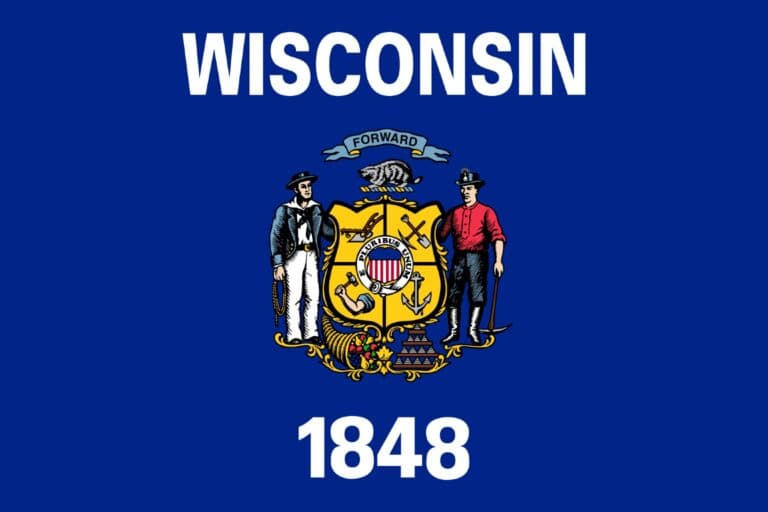
Rightly famous for its extensive dairy farms and a massive agricultural industry, Wisconsin also borders Lake Michigan and Lake Superior.
Thanks to its northern latitude, winters can be quite harsh, something that residents and especially the families that are born and bred there make a point of pride out of taking in stride.
Wisconsin is another sleeper state for preppers, and by sleeper, I mean it has a whole lot to offer but you rarely hear it brought up.
Aside from the winters, the climate is quite tolerable, disasters are few and far between, and you’ll have plenty of great choices when it comes to settling down, whether you want larger cities, smaller suburbs or towns, or you want to head way out to villages out in the deep country.
Again, we can make a whole article going over the different regions in Wisconsin, but if I had to pick my top three, it would be Iron County, Vilas County, and Price County.
All have lower population densities compared to the rest of the state, easy access to water, and many routes both in and out so you’re unlikely to get trapped by weather or any other circumstances.
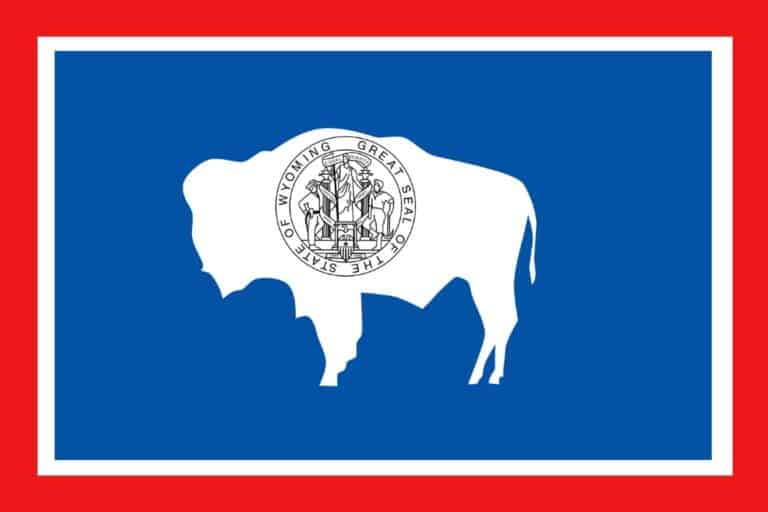
Last but certainly not least, we come to Wyoming. Second only to Alaska, it’s the least populated state in the US, and its largest city, also the capital, Cheyenne, only has 65,000 people in it.
Truly, if you want to be all by yourself, Wyoming is not only one of the best choices but it’s certainly the most accessible choice. Going to Alaska is like going to a different country!
The terrain in Wyoming is split into two biomes. Eastern Wyoming is mostly prairies and high plains. Western Wyoming is rangelands and part of the Rocky Mountains.
You won’t want for land to call your own, but do keep in mind that the US government owns right at half of the total land in the state, ostensibly to protect it for public use. Wherever you go in Wyoming, be prepared for extreme weather, in the form of very high winds and brutal blizzards.
Compared to most other states we’ve covered, it’s easy to bite off more than you can chew in Wyoming, so think through any potential move or bug-out carefully.
My initial pick is Niobrara County in the east. Very sparsely populated, but located on the high plains. Washakie County is an agricultural hotspot with great water access and water rights.
Sublette County in the west is very mountainous but contains significant natural gas reserves, something that might be important in a long-term survival scenario.


Tom Marlowe practically grew up with a gun in his hand, and has held all kinds of jobs in the gun industry: range safety, sales, instruction and consulting, Tom has the experience to help civilian shooters figure out what will work best for them.
